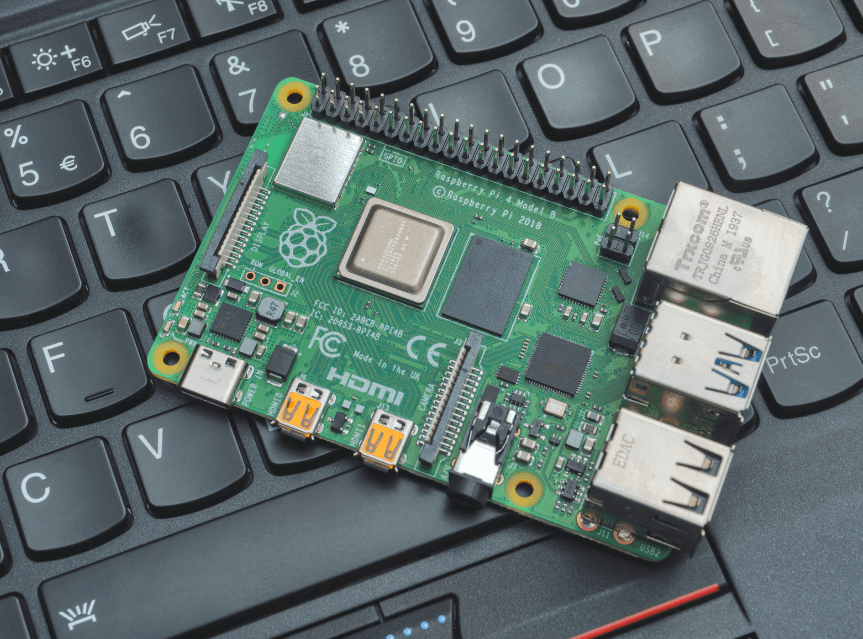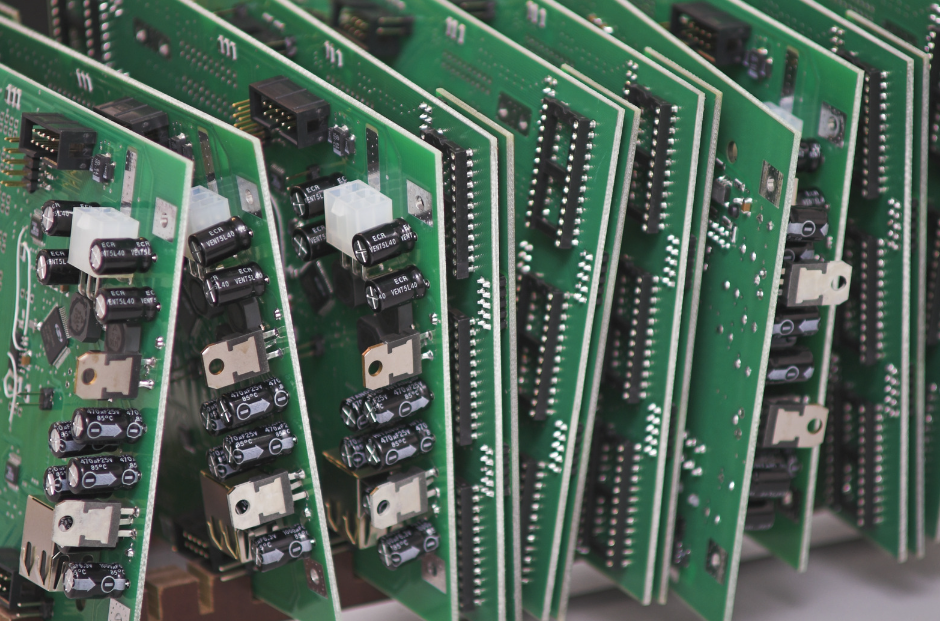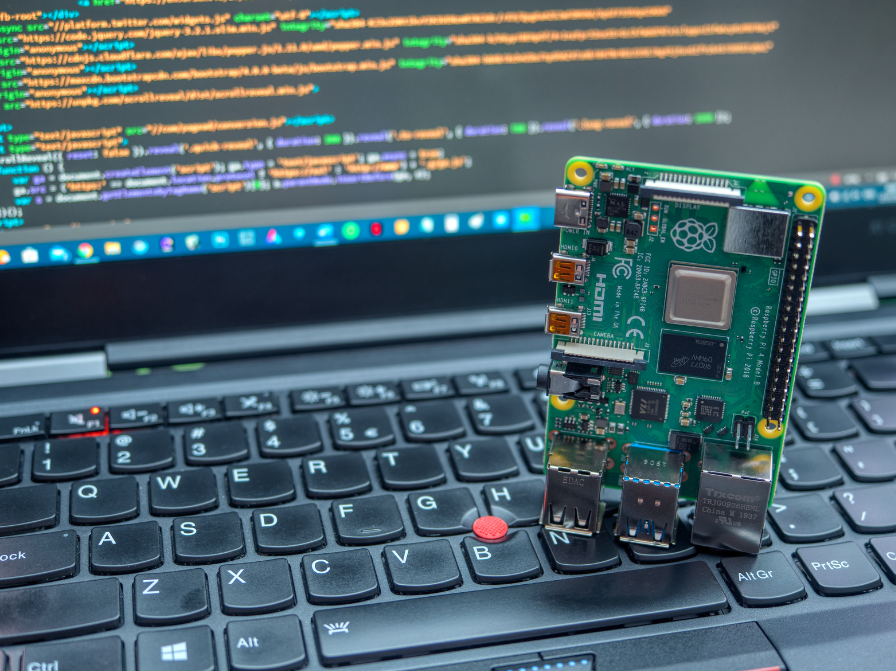Integrated Circuit Programming

More from the Category
Programmable integrated circuit (IC) chips are electronic components designed to perform a range of custom functions through software instructions. Unlike fixed-function ICs, which are hardwired for specific tasks, programmable ICs — like microcontrollers, FPGAs, and CPLDs — can be configured after manufacturing to meet various application needs. This flexibility enables them to adapt to evolving requirements and complex tasks.
Importance of IC Programming
Programming unlocks the potential of these chips and allows engineers to tailor their functions to specific requirements. Through programming, an IC chip can perform tasks as simple as basic motor control or as sophisticated as real-time signal processing. In industrial automation, for instance, FPGAs and microcontrollers control systems that need rapid responses, error-free operation, and consistent updates. In consumer electronics, IC programming enables unique features, upgrades, and compatibility with new software, which extends device lifespans and reduces the need for hardware replacements.
The flexibility that programming brings to ICs is essential for efficient product design, as it reduces time-to-market and simplifies iterative testing and improvements.
Types of ICs and Their Roles

ICs are designed for diverse applications and can be categorized into types like microcontrollers, FPGAs (field-programmable gate arrays), and CPLDs (complex programmable logic devices). Each type has specific characteristics suited to different tasks:
● Microcontrollers are often embedded in devices for control-oriented applications and generally handle tasks requiring low-power processing.
● FPGAs offer flexibility and high-speed processing capabilities, and are ideal for tasks that require fast parallel processing, such as signal processing in communications.
● CPLDs are similar to FPGAs, but are typically used for simpler logic and have lower power requirements.
Each of these ICs require distinct programming approaches and languages to configure their behavior.
Hardware Description Languages (HDLs) in IC Descriptions
Hardware description languages like VHDL (VHSIC Hardware Description Language) and Verilog are crucial for designing, simulating, and testing digital circuits within ICs. These languages allow engineers to model complex circuit behavior and verify their functionality in a simulated environment before hardware implementation.
● VHDL: Known for its strong typing and structure, VHDL is commonly used in applications that require reliable and complex design definitions. It’s popular in aerospace and defense industries.
● Verilog: With a more concise syntax, Verilog is preferred in commercial applications and allows for efficient hardware designs in FPGAs and ASICs (Application-Specific Integrated Circuits).
Both HDLs provide different levels of description, from high-level functional models down to the gate level to provide precise control over an IC’s operation.
Understanding Integrated Circuit Descriptions
IC descriptions serve as blueprints for defining and understanding the structure, functionality, and interconnections within a chip. They are essential for ensuring functionality and reliability in complex electronic systems. By defining circuits in detail, engineers can optimize performance, enhance power efficiency, and adapt circuits for specialized applications. Additionally, HDLs support reusability by allowing designs to be modified or scaled with minimal time and cost — an advantage for rapidly evolving technologies and shorter product lifecycles.
With these descriptions, ICs can be tailored to precise specifications and meet the stringent demands of the automotive, telecommunications, and consumer electronics industries. This configurability makes modern electronics both versatile and high-performance, so they can cater to specialized needs across diverse applications.
Popular Programming Languages for ICs
In the field of IC design and programming, various languages have emerged, each serving different purposes. These languages are optimized for configuring, programming, and controlling different types of ICs, from general-purpose microcontrollers to complex FPGAs. The choice of language depends on the IC type, the specific application, and the level of control or abstraction required.
VHDL (VHSIC Hardware Description Language)
VHDL is a powerful and highly structured language used for describing the hardware configuration of FPGAs and ASICs. Originally developed for fields like aerospace and defense, VHDL provides strict syntax and robust data typing, allowing for complex and hierarchical designs. Its syntax encourages precision, so is ideal for applications where reliability and detail-oriented designs are critical. VHDL also supports reusable code, which can speed up development in complex projects where modules need to be tested, refined, and integrated in stages.
Verilog
Verilog has a syntax that is more concise and similar to C, making it relatively easy to learn. This language is favored in commercial applications due to its simplicity and ease of use, which make it suitable for rapid prototyping and high-speed simulation. Verilog is commonly used in RTL (Register Transfer Level) design and is effective for tasks that require low-level gate control and data flow definitions. It is especially popular in telecommunications and consumer electronics, where projects require swift development cycles .
SystemVerilog
Building on Verilog, SystemVerilog offers advanced features, including object-oriented capabilities, assertion-based verification, and high-level data structures. It is specifically designed for more complex hardware designs and verification environments, supporting both hardware modeling and robust testing frameworks. This language is widely adopted in IC verification where it helps engineers validate chip designs before production .
C and C++ for Microcontrollers
For microcontrollers, which are used in embedded systems for general-purpose control and processing, C and C++ are the languages of choice. These languages are efficient in managing resources, enabling low-level hardware control alongside higher-level application code. C’s flexibility in embedded environments allows engineers to program devices ranging from simple sensors to advanced robotic controllers. C++ adds object-oriented features to C, which makes C++ useful for complex systems that benefit from reusable, modular code.
Python for High-Level Applications
Though not typically used to program ICs directly, Python has become increasingly popular for testing, scripting, and simulation in IC development workflows. With robust libraries for hardware interfaces, Python enables high-level design verification and is often used alongside lower-level languages. Engineers use Python scripts to automate testing processes, validate IC performance, and integrate with digital twins or simulations.
Assembly Language
Assembly language is a low-level programming option used in highly resource-constrained systems, particularly for microcontrollers. By offering direct control over an IC’s hardware registers, Assembly allows programmers to optimize performance in real-time signal processing and high-speed data acquisition applications.
Choosing the Right Language
Selecting the appropriate programming language for an IC project depends on the IC’s type, application requirements, and development priorities. For hardware configuration and digital logic design, HDLs like VHDL and Verilog offer precise control over hardware behavior. For embedded systems, C and C++ provide balance between control and efficiency, while languages like Python are suited for testing and automation.
Integrated Circuit Programming Process

Programming an integrated circuit (IC) chip is a multi-step process that involves configuring the chip to perform specific tasks in line with design specifications. The process requires both hardware tools and programming expertise, as well as a clear understanding of the IC’s intended functionality and environment. Below are the main steps involved in the IC programming process:
1. Defining the Chip’s Functionality
The process begins with a clear definition of the IC’s purpose and required functions. This stage involves creating a specification document outlining the performance targets, functionalities, and constraints. Engineers assess the application requirements, such as speed, power efficiency, and data handling needs. This phase may also involve selecting the appropriate IC model, such as a microcontroller, FPGA, or ASIC, based on the project goals.
2. Choosing the Appropriate Language and Tools
Once the functionality is defined, engineers select the programming language and tools. For instance:
● Microcontrollers typically use C or C++ due to their control over hardware resources and low-level access.
● FPGAs are programmed with hardware description languages like VHDL or Verilog, which allow for defining the logic circuits at the register-transfer level.
● Embedded Systems may also require assembly language for high efficiency in resource-constrained applications .
Common programming tools include Integrated Development Environments (IDEs) tailored to the specific IC. These IDEs support compiling, debugging, and loading code onto the chip.
3. Writing and Simulating Code
The next step is coding and simulation. Engineers write code to perform tasks specified in the functionality document. Simulation tools allow developers to test the logic and code virtually before actual hardware programming. Simulators for HDLs — like ModelSim for Verilog and VHDL, or embedded C simulators — replicate the IC’s behavior to provide insights into how the code interacts with the chip’s architecture. Simulation helps in identifying logical errors, timing issues, or inefficiencies early in the development process .
4. Programming the Chip
With code verified through simulation, the next step is physically programming the IC. This often involves connecting the IC to a programmer or a development board that interfaces with a computer. Through the development software, the code or HDL design is compiled into a binary or bitstream format suitable for the IC, and then “flashed” or written onto the chip. Programming protocols, such as JTAG, SPI, or UART, are used depending on the type of IC and application requirements.
For microcontrollers, this may involve loading a compiled binary, while for FPGAs, the configuration file is loaded directly into the device’s volatile memory, where it defines the FPGA’s logic on power-up.
5. Testing and Validation on Hardware
After programming, testing on actual hardware is essential to ensure that the IC functions as intended. Engineers perform a series of tests to validate the chip’s performance in a real-world environment. This process may include:
● Functional testing to check that the IC performs specific tasks correctly.
● Stress testing to verify stability under various loads or temperatures.
● Performance benchmarking to ensure the IC meets speed, power, and data handling requirements.
Issues discovered during testing may require reprogramming or debugging, repeating previous steps to adjust code or logic designs.
6. Deployment and Iteration
Once validated, the IC can be integrated into the final product or system. In some cases, especially for complex systems or configurable FPGAs, iterative development cycles continue, allowing further tuning or adaptation as performance needs evolve. For long-term maintenance, the firmware or HDL configuration may need updates, especially if the IC is part of an evolving system that requires new features or performance optimizations.
This structured approach to IC programming, from defining functionality to testing, ensures that the chip performs reliably in its intended application and meets both technical requirements and industry standards.
Supplying Programmable ICs
While understanding programming best practices is critical for ensuring your ICs perform reliably, the hardware itself must also be reliable. And when it comes to delivering quality components, no one is better than Microchip USA. Our industry-leading and certified quality control system ensures that every component we deliver — from microcontrollers to FPGAs — is 100% verified. We pride ourselves on supplying whatever parts our customers need and providing the best customer service in the industry. Contact us today!









